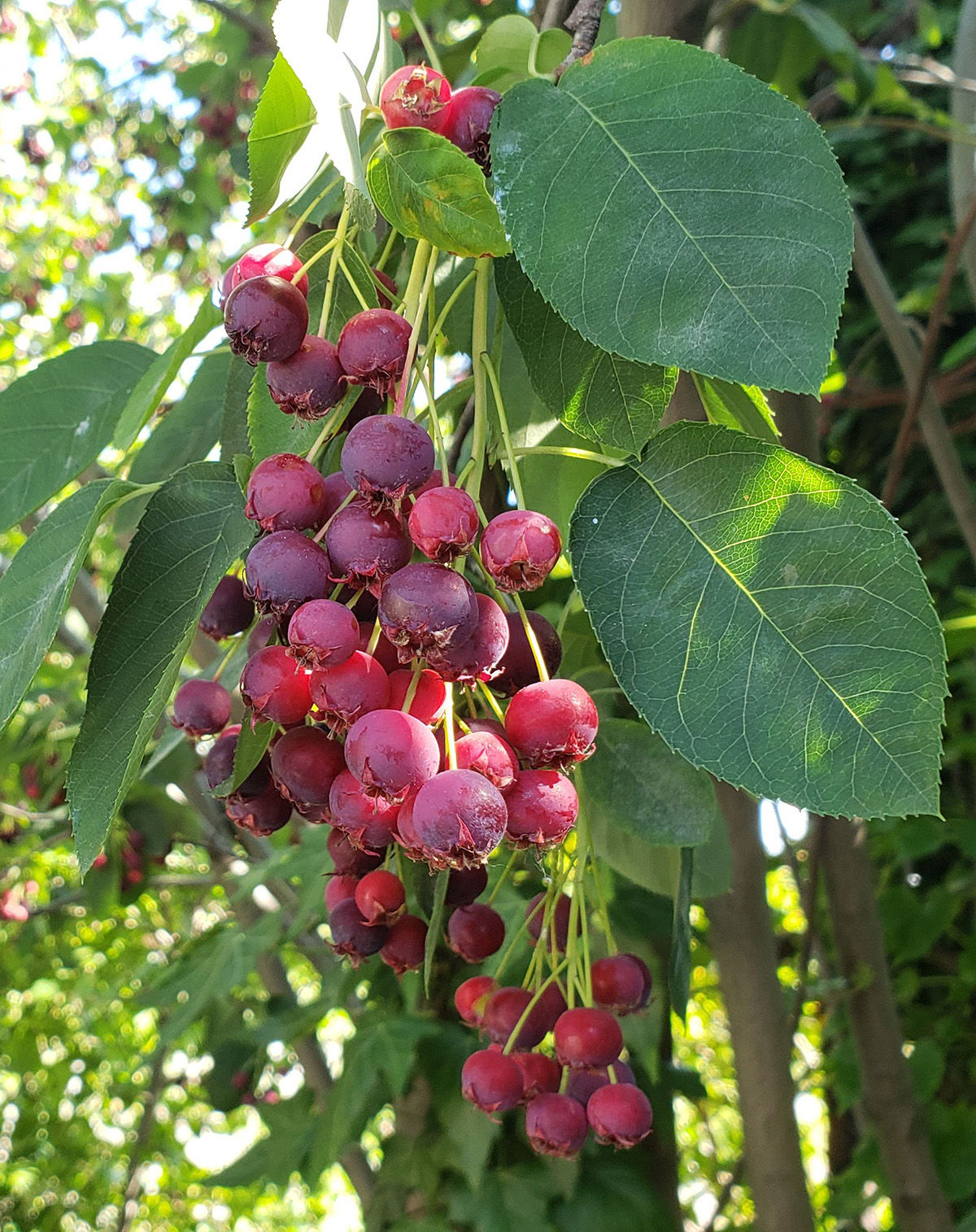Serviceberries: Forage the Sweet Fruit for Good Eats

Photography by Marie Viljoen.
When the perfume of linden trees drifts across New York neighborhoods, I know that it is serviceberry season. Despite their native status, outstanding flavor, and ability to keep well (refrigerated), serviceberries are rarely seen at market.
Foraged serviceberries keep for 10 to 14 days in the fridge. Some common names are associated with a particular species, but mostly they are used interchangeably.
Downy serviceberry has a fuzz on emerging leaves. To Canadians they may be Saskatoon, named from a Cree word for the place where they grew in abundance.
A bountiful year bends serviceberry branches low. I have dried the fermented fruit and it is addictively good, tasting like chewy marzipan.
Serviceberries in Brooklyn Bridge Park. The first serviceberries I tasted grew in a jasmine-scented May garden in the Turkish town of Ayvalik, on the Aegean.
Serviceberries are not actually berries. Look to the tell-tale coronet at the base of the fruit to recognize a pome.
Serviceberry pie is redolent of marzipan. But when exposed to heat they are transformed; their small seeds release a frisson of bitter almond, and so Amelanchier pie—which is incredibly good— is redolent of marzipan.
Ricotta-serviceberry cakes from Forage, Harvest, Feast – A Wild-Inspired Cuisine.
Cooked, food-milled serviceberry purée.
Cooking down serviceberry purée makes delectable fruit leather.
Breakfast bread studded with dried serviceberries.
Serviceberries freeze well (pictured with frozen elderberry juice).
Serviceberry ice cubes and fizzy drinks, with linden blossom. At home the fruit lasts well, covered in the fridge, for weeks, should you have gathered a glut and come to a preparation standstill.
Serviceberry Ice Cream
Cooking serviceberries releases their distinctive marzipan aroma. Place over medium heat and cook until the juice begins to run, stirring occasionally to prevent sticking. Allow the oozed juices to boil for 1 minute, then turn off the heat.